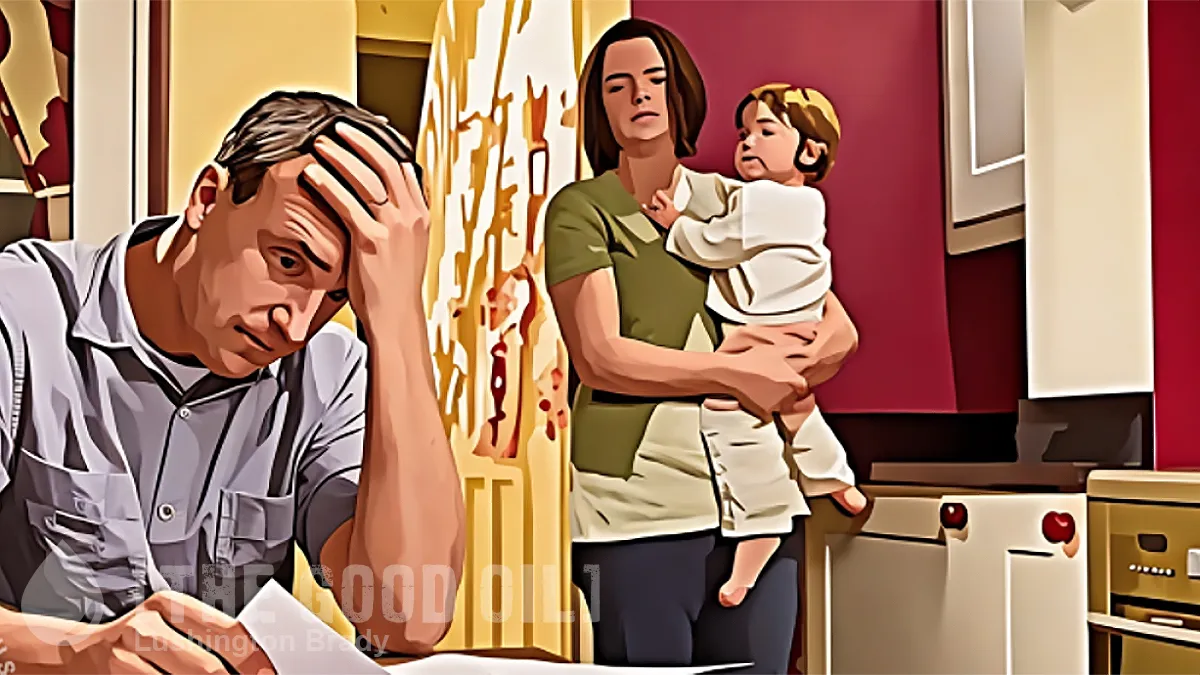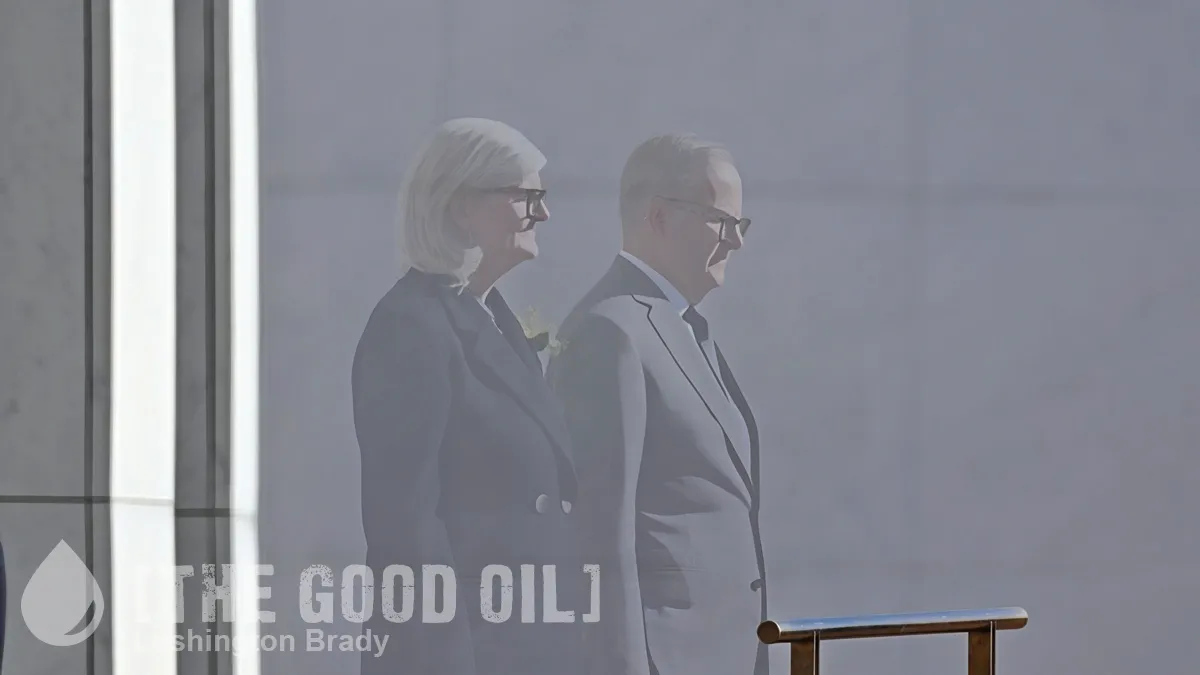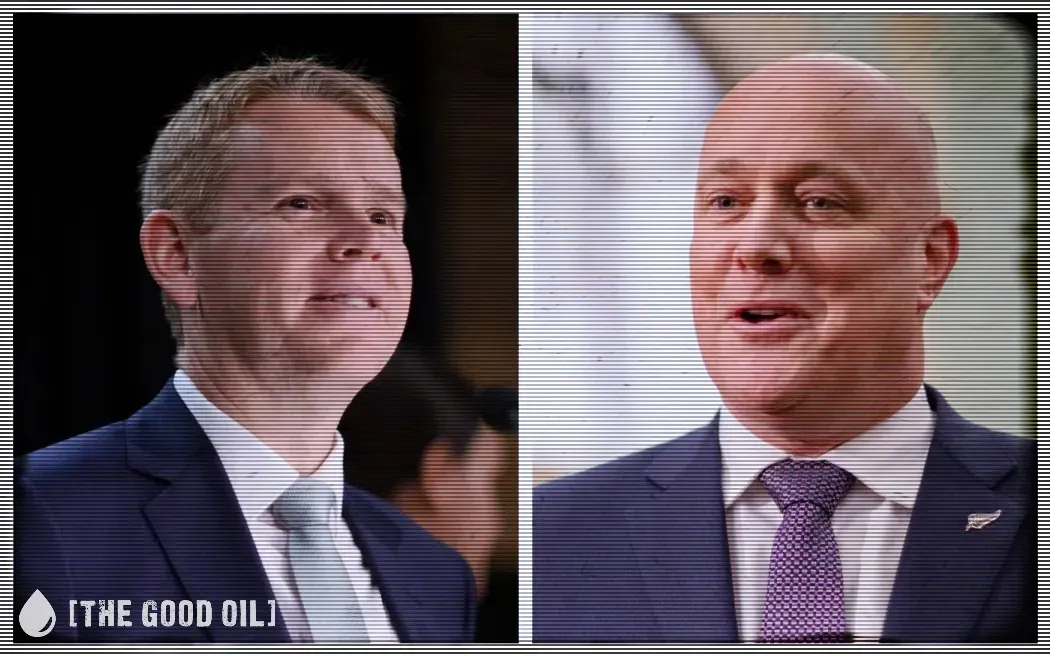The Albanese government is making the same fundamental mistake the US Democrats did. Consequently, they’re heading for the same defeat.
The Treasurer boasts that he has spared the nation a recession through fiscal intervention and is now fulfilling his pledge to pop the inflation bubble before Christmas.
In the 2024 US election, one of the biggest issues – and the least addressed by mainstream media – was one of the oldest and simplest: it’s the economy, stupid. Even the chattering left are finally, kinda-sorta admitting it, sneering that the ‘deplorables’ supposedly sold out the ‘rights’ of trannies, baby killers and illegal immigrants for cheap groceries.
Which encapsulates exactly why the Democrats lost. As the party of the wealthy coastal elite, they can afford to pursue boutique obsessions because they are insulated from the economic chaos their parties create in government. And they are completely bewildered that anyone could think that the economy is anything but fine.
On the rare occasions the mainstream media deigned to even address the economy, they insisted that the numbers were all great. Donald Trump just asked Americans: ‘Are you better off than you were four years ago?’
There is the Canberra narrative and the lived experience. [Jim Chalmers’] story is the only one Labor can tell, politically. The economy is still growing, inflation is coming down.
The story of households is told through another set of numbers. The longest run of negative GDP growth on record, living standards in unprecedented decline. But are household numbers significant?
“Of course they are,” says economist Saul Eslake. “Real household disposable income is a tangible measure of people’s material living standards and its why all the opinion polls say that cost of living is the top issue.”
In fact, Labor has presided over the longest-running fall in GDP per capita and household wealth since the 1950s. It may not ‘technically’ be a recession, but for many Australians it sure feels like one. In fact, many remark that it’s the worst they’ve ever encountered even during the 1970s and 1990s recessions or the Global Financial Crisis.
Because governments have for decades been hiding behind an increasingly obvious sleight-of-hand, touting population growth as economic growth.
“Even prior to Covid when we were boasting about 30 years of economic growth without having had recession, a lot of what Australia was reporting as above-average growth was from above-average population growth,” [Eslake] says. “In the 20 years to 2019, Australia’s population was growing by 1.6 per cent a year whereas the OECD average was 0.6 per cent, so for all that period our GDP per capita growth was actually below the OECD average.
Australian voters aren’t stupid. They see the economic reality in every skyrocketing electricity and grocery bill. They also see the reality of out-of-control mass immigration on the choked freeways, the cancerous growth of sprawling suburbs, full-to-bursting schools and weeks-long waits just to see the family GP.
So, when politicians, big business and mainstream media babble that immigration is ‘good for the economy’, Australian voters can see right through the charade.
And they’re holding their electoral brickbats at the ready.









